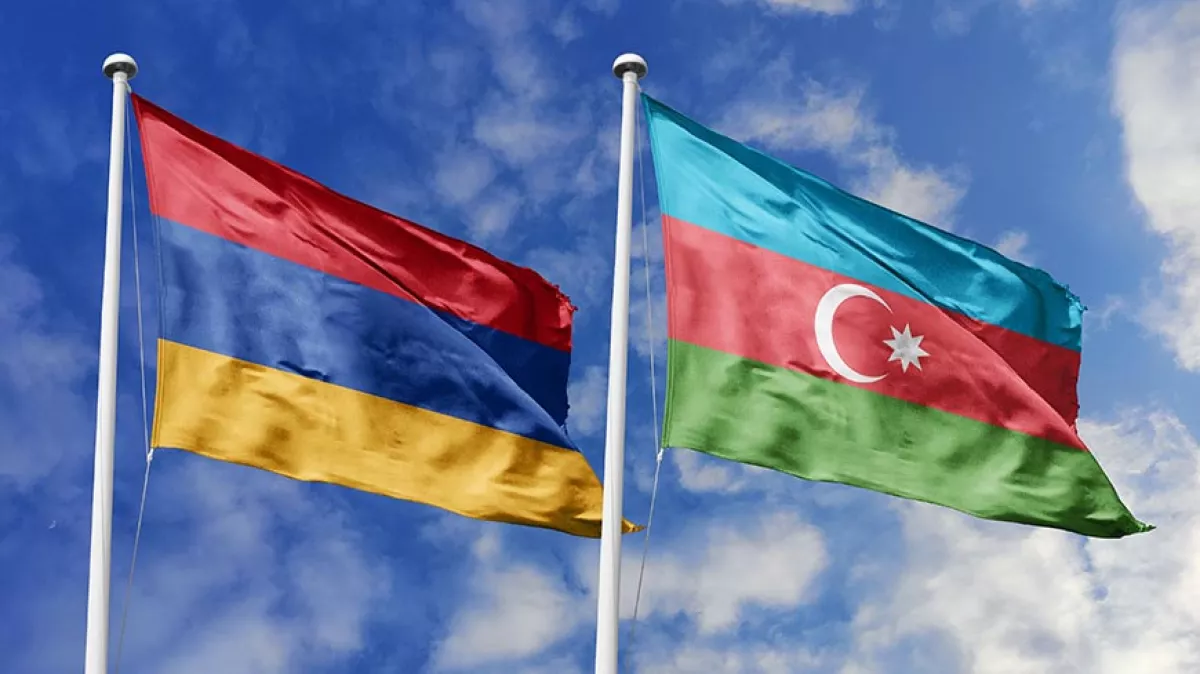Peace between Baku and Yerevan closer than ever Article by Wojciech Górecki on Polskie Radio
An article by Wojciech Górecki, analyst at the Centre for Eastern Studies in Warsaw (OSW), examining prospects for peace in the South Caucasus, has been published on the Polish Radio (Polskie Radio) website. Caliber.Az presents key excerpts from the piece for its readers.

As Górecki mentions, the conflict first erupted in the late 1980s, when the Soviet Union still existed but Moscow was no longer able to control the surge of national tensions unleashed by Mikhail Gorbachev’s perestroika reforms.
By the time both countries declared independence, they were already at war. A 1994 ceasefire left Armenian forces in control of almost all of Karabakh, plus surrounding lands linking it to Armenia and Iran.
They declared the unrecognised “Republic of Nagorno-Karabakh,” which even Armenia did not formally acknowledge.
That status quo lasted until the autumn of 2020, when Azerbaijan launched the Second Karabakh War. In six weeks, it retook large parts of the region, including Shusha. A Russia-brokered ceasefire followed, with Moscow deploying peacekeepers.
In September 2023, Azerbaijan carried out a lightning offensive that restored its control over the rest of Karabakh. Almost the entire Armenian population fled, and soon Russian troops were asked to leave.
With no territory left to contest, the Karabakh conflict effectively ended.
Yerevan had already recognised Azerbaijan’s territorial integrity. Yet the wider Armenia-Azerbaijan dispute remained unresolved: the two states have no diplomatic relations, and their border has been closed for more than three decades, like Armenia’s frontier with Turkey.
The author argues that peace would benefit both sides. Armenia could break out of regional isolation, while Azerbaijan would gain a land link to its exclave of Nakhchivan.
But mistrust has been deep, and for years there was no credible mediator. Russia, once the main broker, has lost influence in both capitals. Talks were repeatedly derailed by border skirmishes.

Now, there may be a breakthrough. In March this year, negotiators said they had agreed on the text of a peace deal. On August 8, Armenian Prime Minister Nikol Pashinyan and Azerbaijani President Ilham Aliyev signed a declaration with US President Donald Trump reaffirming their commitment to peace.
At the same summit, their foreign ministers initialled the agreement.
Serious obstacles remain. Baku insists that Armenia amend its constitution, which still references Karabakh in its preamble—language Azerbaijan views as a territorial claim. Yerevan does not rule out the change, but constitutional revisions cannot happen overnight.
Still, violence along the border has subsided, and the two sides have agreed on a long-disputed issue: transit to Nakhchivan.
Instead of an extraterritorial “corridor” that Armenia feared would infringe on its sovereignty, a new road and railway are to operate under a project called TRIPP—the Trump Route for International Peace and Prosperity—managed jointly by Armenia and the United States.
Despite scepticism among analysts, peace between Armenia and Azerbaijan—and potentially between Armenia and Türkiye as well—seems closer now than ever before, the Polish analyst writes.








